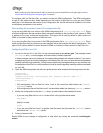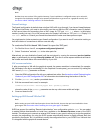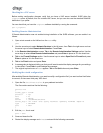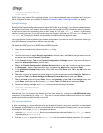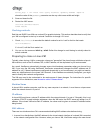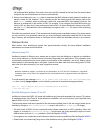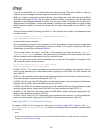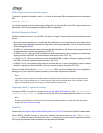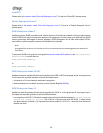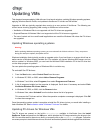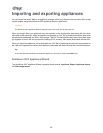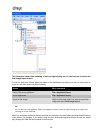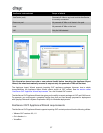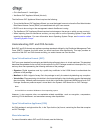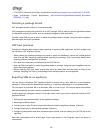
32
CentOS 5
Please refer to the section called “Red Hat Enterprise Linux 5” for the list of CentOS 5 release notes.
Oracle Enterprise Linux 5
Please refer to the section called “Red Hat Enterprise Linux 5” for the list of Oracle Enterprise Linux 5
release notes.
SUSE Enterprise Linux 9
XenServer uses a SUSE-provided kernel. (Earlier versions of XenServer included a Citrix-provided version
of the SLES9 which had a more mature version of the hypervisor, but which was out of date with the SUSE
version, particularly with regard to security updates.) SUSE Enterprise Linux 9 VMs, with multiple VPCUs,
are unable to use the suspend, resume and XenMotion functionality.
Note:
On upgrade from XenServer 5.5 to XenServer 5.6 we recommend that you should upgrade to the latest kernel
from Novell.
To prepare a SUSE Linux guest for cloning (see the section called “MAC address”), edit /etc/sysconfig/
network/config and edit the line:
FORCE_PERSISTENT_NAMES=yes
to
FORCE_PERSISTENT_NAMES=no
SUSE Enterprise Linux 10 SP1
XenServer uses the standard Novell kernel supplied with SLES 10 SP2 as the guest kernel. Any bugs found
in this kernel are reported upstream to Novell and listed below:
• A maximum of 3 virtual network interfaces is supported.
• Disks sometimes do not attach correctly on boot. (Novell Bugzilla 290346).
SUSE Enterprise Linux 11
XenServer uses the standard Novell kernel supplied with SLES 11 as the guest kernel. Any bugs found in
this kernel are reported upstream to Novell and listed below:
• Live migration of a SLES 11 VM which is under high load may fail with the message An error occurred
during the migration process. This is due to a known issue with the SLES 11 kernel which
has been reported to Novell. It is expected that kernel update 2.6.27.23-0.1.1 and later from Novell will
resolve this issue.



